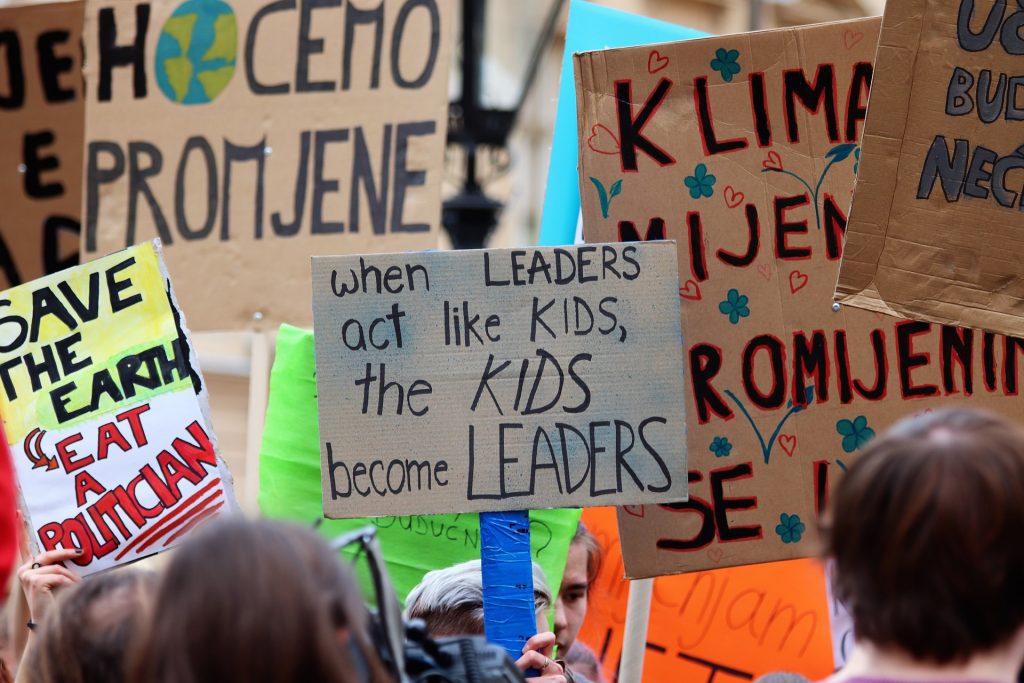Readings on AI and Education
In an early activity in our new project on Artificial Intelligence in Vocational Education and Training, we are undertaking a literature review. Although there seems to be little about AI and VET, the issue of AI in education is thsi years hot trend. Of course there seems to be more talk than actual practice. Any way, here is a quick summary (just notes really) of things I stumbled on last week.
Perhaps most interesting was an online webinar organised by the European Distance Education Network (EDEN) as part of European Distance Learning Week. According to the online platform there were 49 of us present and four presentations. Sadly the recording is not yet available but I will link to it once it is online. What was most interesting was that almost everyone who spoke, and I recognised quite a few prominent researchers in the contributions, were pretty much opposed to AI. Too dangerous, no benefit, just hype, developers with no idea about learning etc. Really only one speaker, Alexandra Cristea from Durham University could see potential.
I found teh follwing publiscation by her. Demographic Indicators Influencing Learning Activities in MOOCs: Learning Analytics of Future Learn Courses (PDF) by Alexandra I. Cristea and Lei Shi from the University of from Liverpool University looks at pre-course survey data and online learner interaction data collected from two MOOCs, delivered by the University of Warwick,in 2015, 2016,and 2017. The data is used to explore how learner demographic indicators may influence learner activities.Recommendations for educational information system development and instructional design, especially when a course attracts a diverse group of learners, are provided.
Another interesting paper I found is the ‘Systematic review of research on artificial intelligence applications in higher education – where are the educators?’ by Olaf Zawacki-Richter, Victoria I. Marín, Melissa Bond and Franziska Gouverneur, published in the International Journal of Educational Technology in Higher Education .
According to teh abstract: “The synthesis of results presents four areas of AIEd applications in academic support services, and institutional and administrative services: 1. profiling and prediction, 2. assessment and evaluation, 3. adaptive systems and personalisation, and 4. intelligent tutoring systems. The conclusions reflect on the almost lack of critical reflection of challenges and risks of AIEd, the weak connection to theoretical pedagogical perspectives, and the need for further exploration of ethical and educational approaches in the application of AIEd in higher education.”
Although challenges for the ethical and responsible use of artificial intelligence and the sharing of data are common to many sectors, schools and colleges present a distinct combination of properties and considerations. The sharing of data needs to be governed in a manner that realises benefit for the public, and AIEd must be used ethically and responsibly.
AIEd’s potential and risks is reflected in the views of parents. 61% of parents anticipate that AI will be fairly or very important to the classroom of the near future. However, many are fairly or very concerned about consequences of determinism (77%), accountability (77%) and privacy and security (73%).
Finally, I had a look at the X5GON project website. X5GON is a large scale European research programme project, bringing togther a number of leading European Universities. It appears to be developing AI driven tools. particarrly focused on Open educational Resources. The project website says:
This new AI-driven platform will deliver OER content from everywhere, for the students’ need at the right time and place. This learning and development solution will use the following solutions to accomplish this goal:
- Aggregation: It will gather relevant content in one place, from the projects case studies as well as external providers and other preferred resources.
- Curation: AI and machine learning will be key to curate relevant and contextual content and external students at the right time and point of need.
- Personalization: It will make increasingly personalized recommendations for learning content to suit students’ needs, based on the analysis of relevant factors.
- Creation: Large, small and medium-sized universities have tacit knowledge that can be unlocked and re-used. This approach will allow any organization to release and build their own content libraries quickly and conveniently to share with the world and vice versa.
I’ll keep writing up my findings, in the form of notes on this site. And if anyone has any recommendations of what else I should be reading please add in the comments below.

 Tomorrow is the kick off day for our new project on the Circular Economy for Youth (CEYOU). Below is a short description of the project. As always we welcome participation from non project partners: just email me or leave a message if you would like to know more.
Tomorrow is the kick off day for our new project on the Circular Economy for Youth (CEYOU). Below is a short description of the project. As always we welcome participation from non project partners: just email me or leave a message if you would like to know more. In just one week, ACR+ will unveil its new campaign “More circularity, less carbon”. Participating cities and regions are committing to reduce their carbon emissions linked with local resource management by 25% by 2025!
In just one week, ACR+ will unveil its new campaign “More circularity, less carbon”. Participating cities and regions are committing to reduce their carbon emissions linked with local resource management by 25% by 2025!